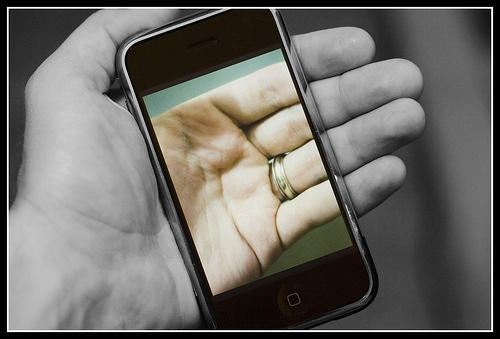The iPhone’s non-user-replaceable battery has been a source of endless controversy since Apple first debuted the device. Some claimed that Apple wouldn’t even be able to sell any iPhones once people realized they couldn’t pop in a spare battery on the road (this idea totally ignoring, of course, the fact that many people, myself included, have never ever swapped cell batteries on the fly…). Others are under the impression that the iPhone’s battery will altogether stop working after either 300 or 400 charges — even though it’s pretty clear that figure states that iPhone battery capacity is more likely to fall to 80 percent after that time. Which is a bit different from 0 percent.
Now, of course, all of this confusion has yielded a class-action suit. Perhaps if everyone would just talk to Philip Elmer-Dewitt at Apple 2.0, this would all get cleared up. He’s put together a very detailed account of the entire battery saga. Check it out, and try not to lose your mind. That way lies madness.




4 responses to “Deconstructing the iPhone Battery Lawsuit”
This is another example of the whole 1 button mouse thing…. I am a HUGE Apple fan but this is the one thing that drives me crazy. Someone at apple gets it in their heads that something which seems so obviously right is wrong. Yes Mr Jobs, I DO want a 2 button mouse and it would be nice if I could swap the battery in my iPod/iPhone easily. Why the heck not!?!?!
The reason the battery is soldered on the main board rather than held in with a set of springs-loaded contacts and accessible by opening a plastic door in the back of the phone is that Apple have given priority to creating a slim and seamless phone design. They don’t think the benefits of being able to carry a spare battery about with you outweigh the disadvantage of making the phone a millimetre or two thicker.